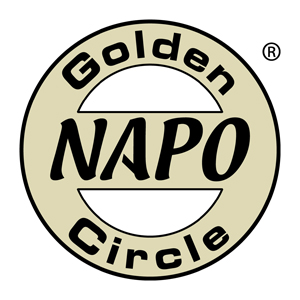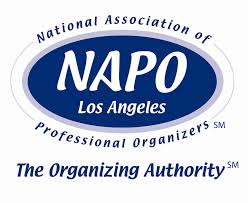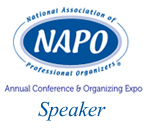The Mass-Media Madhouse
(Press-Central For Handy Soundbites, Useful Info,
And A Good Wet-Your-Pants Laugh)
Home / The Mass-Media Madhouse
(Press-Central For Handy Soundbites, Useful Info,
And A Good Wet-Your-Pants Laugh) / Smead Organomics / As Published In Smead Organomics --
Effective Meetings
As Published In Smead Organomics —
Effective Meetings

Everyone wants to run organized, productive, and effective meetings. The problem is that a meeting is a double-edged sword. It can be a great way to share information or engage in participatory group planning (if run correctly) — it can also be a massively annoying waste of time (if run badly). How do you ensure that you’re planning the right kind of meeting? Try a few of these tips!
Choose Your Meetings Wisely
Some people’s knee-jerk reaction to any problem is “Let’s have a meeting!” But those face-to-face gatherings are time-consuming and expensive — and there may very well be another more effective way to handle the situation. In modern times, there are a million other ways to commune with your work tribe. If a meeting will most efficiently accomplish your goals, have one! Otherwise, look to the alternatives:
- If you need to disseminate information, could you do it with a memo or report?
- If you want to engage in a dialogue, can you set up a phone conference?
- If you’re trying to brainstorm a decision, may participants submit their ideas in writing?
Select Your Audience
It’s also important to make sure that the people who attend your meeting a) need to be there — and b) can contribute meaningfully to the discussion. Let’s assume that you’re having a budget meeting:
- Does your entire organization have to gather to set your annual budget?
- Is it more effective to invite a select group of participants most directly involved in financial planning?
- Do you need to meet separately with every department team leader?
- Could you consolidate these individual appointments into one group assembly to save time?
Plan Ahead
As they say in football, the best defense is a good offense — this is also true with meetings. For starters, you should really try to avoid “impromptu” gatherings. (You’ll get better results if you plan in advance — this gives participants ample opportunity to clear their schedule and prepare mentally for the task at hand.) Ask attendees for any discussion items a week prior to meeting , then send out the completed agenda a few days before the event so that everyone can review it.
Start On Time, End On Time
One of the biggest challenges for any meeting is controlling how long it takes. Be clear up front about start time, and don’t wait for stragglers. Think about convening at an odd time — people are more likely to arrive promptly for a meeting that begins at 3:42 instead of 4:00. And avoid Monday mornings or Friday afternoons — you guarantee attendees will be running late and low on energy. Running effective meetings also requires rules, boundary lines, and someone who’s willing to enforce them. You can either control the discussion or it will control your meeting — so to end a meeting on time, you must:
- know exactly what topics you plan to cover
- allot a set amount of time for each issue
- have a method for keeping participants on track
Use your agenda and minutes to guide the discussion. Assign a timekeeper to signal each move to the next agenda item — limit the time each person is given to talk, don’t be afraid to cut someone off if needed, and keep things moving from debate toward action.
Be A Good Participant
The responsibility of running effective meetings does not lie entirely with its planners. It’s also up to you (as a participant) to help the meeting along. Prepare in advance by:
- reviewing the agenda
- writing down any questions or issues you want to bring up
- collecting all of your materials together into a single folder or project file
- subdividing your documents into categories for quick reference during the meeting
Confirm the meeting time before leaving and plan to be five minutes early so you can settle in. Always bring a pad and pen for taking notes — never rely just on the meeting minutes! And take time at the end of the meeting to clarify any assignments you’ve accepted, their deadlines, and the method of reporting back. If you follow these simple guidelines, you’ll be well on your way to running more effective meetings.
Click here for reuse options!Copyright 2001 RamonaCreel.com
 PS: Wanna instantly rack up some serious virtual cred? I've made it easy for you to share this content with your social networking friends, e-mail it to your peeps, or republish it in your own blog (thereby showing off how smart you are) with these links.
PS: Wanna instantly rack up some serious virtual cred? I've made it easy for you to share this content with your social networking friends, e-mail it to your peeps, or republish it in your own blog (thereby showing off how smart you are) with these links.
(iCopyright widget here)
"I Have More To Say About This... No Surprise!"
If you would like to reprint this page, please contact me





